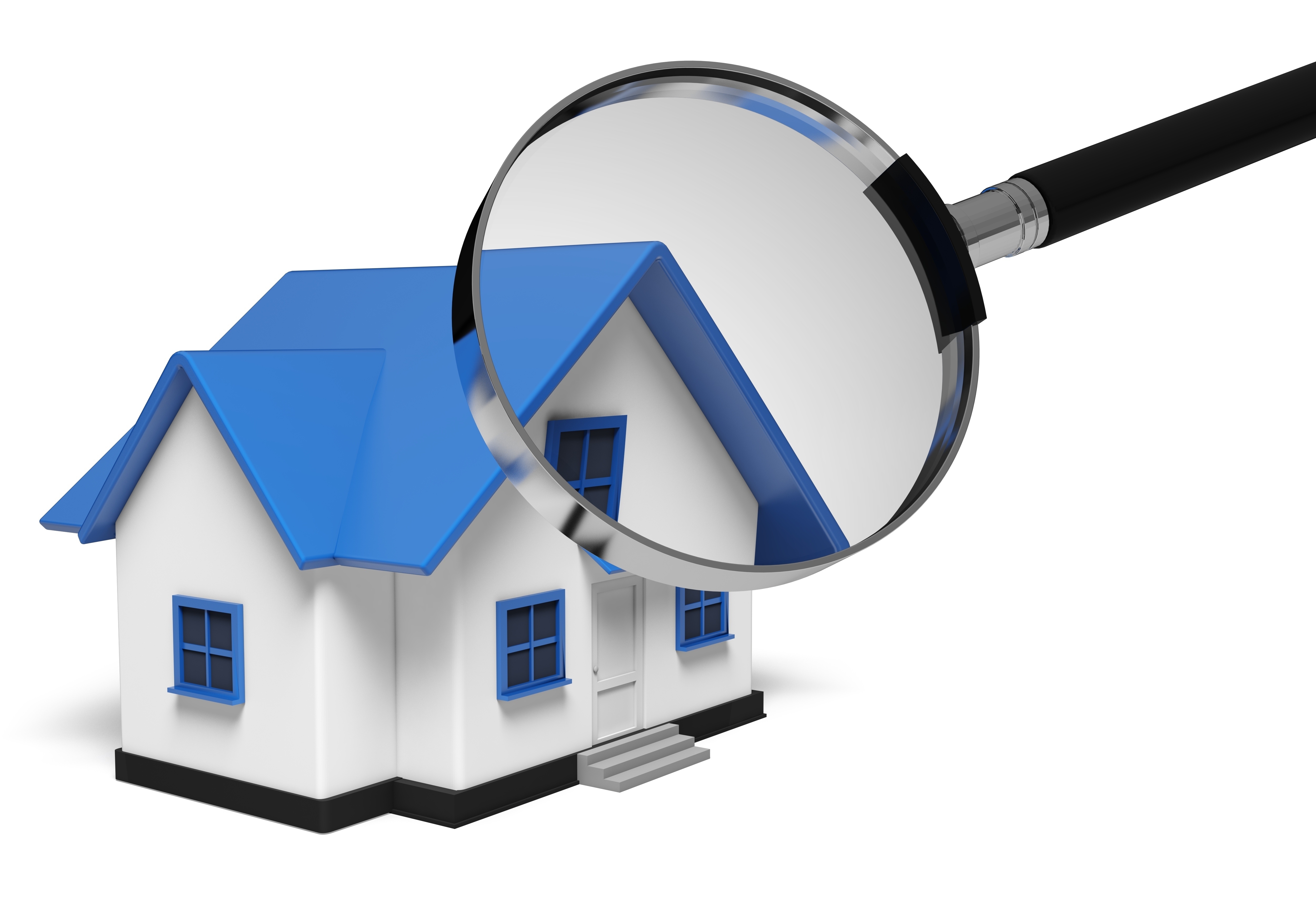
What Are the Parts of an Appraisal?A home purchase is the most serious investment many of us will ever consider. It doesn't matter if where you raise your family, an additional vacation property or an investment, the purchase of real property is an involved transaction that requires multiple people working in concert to make it all happen. You're probably familiar with the parties having a role in the transaction. The real estate agent is the most known face in the transaction. Next, the mortgage company provides the financial capital required to bankroll the exchange. And the title company makes sure that all areas of the exchange are completed and that the title is clear to pass to the buyer from the seller. So, who's responsible for making sure the value of the property is consistent with the amount being paid? In comes the appraiser. We provide an unbiased estimate of what a buyer could expect to pay — or a seller receive — for a parcel of real estate, where both buyer and seller are informed parties. A licensed, certified, professional appraiser from Pemberley Appraisal will ensure, you as an interested party, are informed. Appraisals begin with the inspectionOur first task at Pemberley Appraisal is to inspect the property to ascertain its true status. We must see aspects of the property first hand, such as the number of bedrooms and bathrooms, the location, amenities, etc., to ensure they truly are present and are in the condition a reasonable person would expect them to be. The inspection often includes a sketch of the property, ensuring the square footage is proper and conveying the layout of the property. Most importantly, the appraiser identifies any obvious amenities - or defects - that would affect the value of the property. Once the site has been inspected, we use two or three approaches to determining the value of the property: a paired sales analysis, a replacement cost calculation, and an income approach when rental properties are prevalent. 
Replacement CostThis is where the appraiser analyzes information on local building costs, labor rates and other factors to determine how much it would cost to replace the property being appraised. This value commonly sets the maximum on what a property would sell for. It's also the least used predictor of value. 
Paired Sales AnalysisAppraisers can tell you a lot about the subdivisions in which they appraise. They thoroughly understand the value of certain features to the residents of that area. Then, the appraiser looks up recent sales in close proximity to the subject and finds properties which are 'comparable' to the subject being appraised. Using knowledge of the value of certain items such as fireplaces, room layout, appliance upgrades, additional bathrooms or bedrooms, or quality of construction, we adjust the comparable properties so that they are more accurately in line with the features of subject property.
Once all necessary adjustments have been made, the appraiser reconciles the adjusted sales prices of all the comps and then derives an opinion of what the subject could sell for. At Pemberley Appraisal, we are an authority when it comes to knowing the worth of real estate features in Gainesville and Prince William County neighborhoods. The sales comparison approach to value is typically given the most importance when an appraisal is for a home purchase. Valuation Using the Income ApproachIn the case of income producing properties - rental houses for example - the appraiser may use a third method of valuing a property. In this situation, the amount of revenue the real estate produces is factored in with other rents in the area for comparable properties to derive the current value. The Bottom LineAnalyzing the data from all applicable approaches, the appraiser is then ready to state an estimated market value for the subject property. The estimate of value at the bottom of the appraisal report is not always what's being paid for the property even though it is likely the best indication of what a property is worth. There are always mitigating factors such as seller motivation, urgency or 'bidding wars' that may adjust the final price up or down. Regardless, the appraised value is typically employed as a guideline for lenders who don't want to loan a buyer more money than the property is actually worth. At the end of the day, an appraiser from Pemberley Appraisal will guarantee you attain the most fair and balanced property value, so you can make the most informed real estate decisions. |